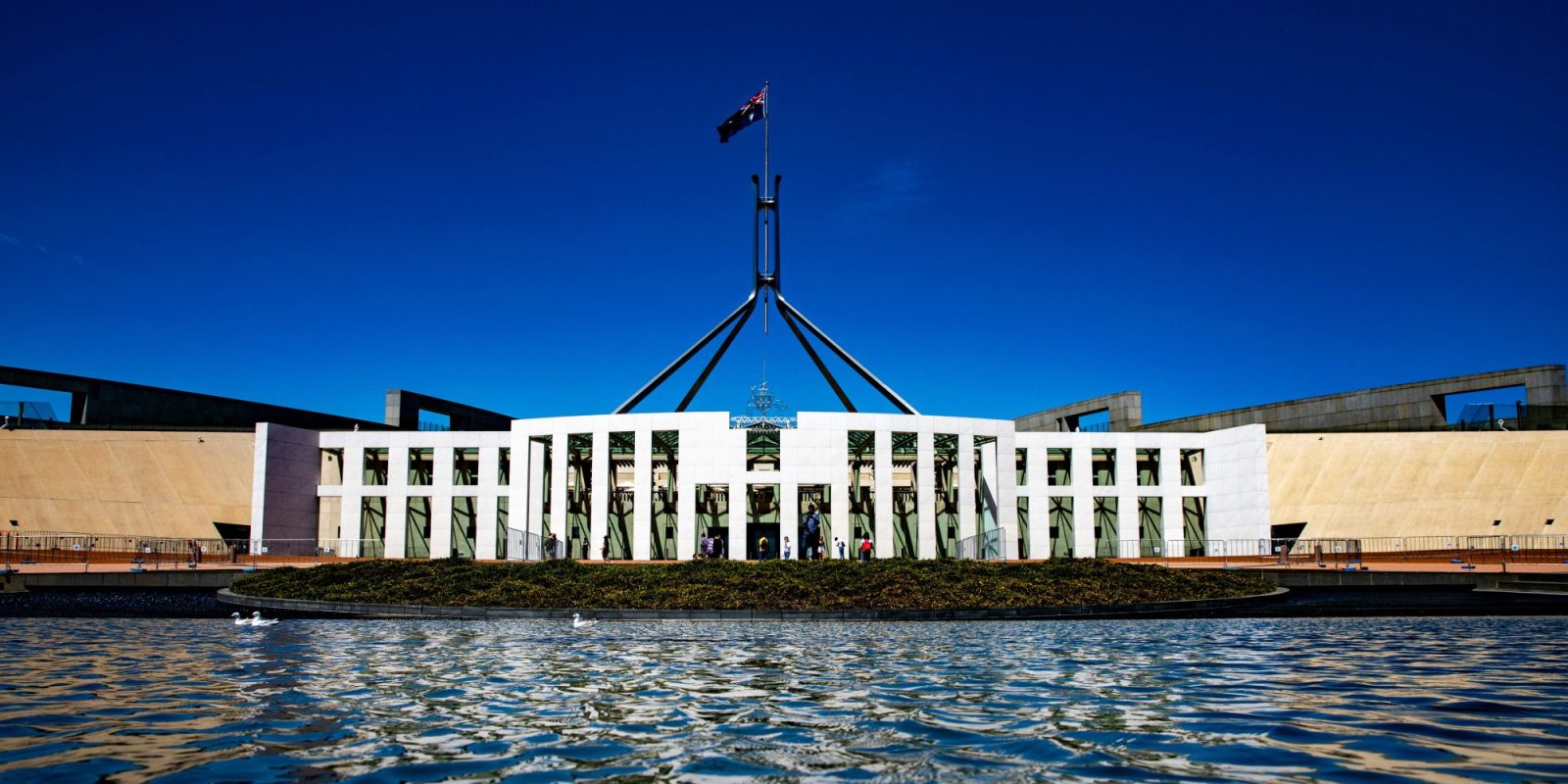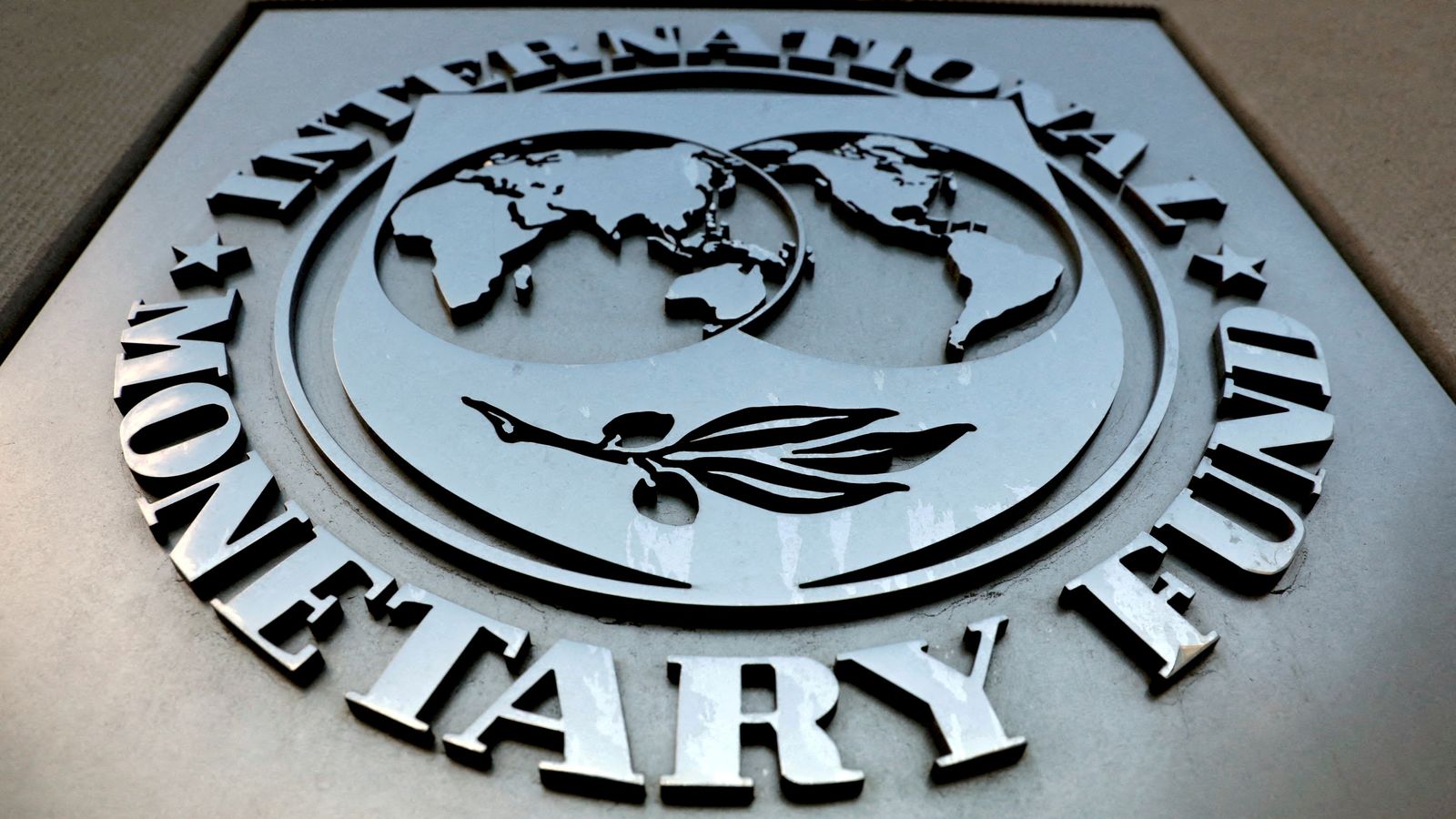
Australia will introduce a bill to parliament this week containing its first-ever vehicle emissions rule, a huge step forward for the country. But the rules make the same mistakes that have caused ballooning vehicle sizes in the US over the last decades.
Australia doesn’t have its own fuel efficiency standards, making it one of only two advanced countries without such a rule, alongside Russia. Australia has seen some state-level efforts to expand EVs, some better than others, but the federal government has been somewhat hands-off in this respect until now.
As a result, the average new car in Australia consumes 6.9L/100km, compared to 4.2L in the US and 3.5L in Europe. Automakers often bring their dirtiest cars to Australia, and don’t offer better and cleaner electric models in the country.
The new emissions rules intend to change that, and to increase availability of EV options for the country.
The rules will cut new vehicle emissions by more than half by 2029 and will save Australians $95 billion in fuel costs by 2050. This will result in 321 million fewer tons of carbon emissions in Australia by 2050.
While both of these numbers are a lot less than the US’ new EPA rules, the US also has 13x as many people as Australia.
The numbers are also lower than they would have been in the original proposal, which would have cut 369 million tons of carbon emissions. But that proposal was watered down by automaker lobbying (which we’ve seen a lot of recently), primarily through exceptions added for huge SUVs.
If that sounds familiar, it’s because it is. The US EPA has long had what is referred to as a “footprint rule,” which allows larger vehicles to pollute more. This has been credited with causing ballooning vehicle sizes in the US. And giant SUVs have, in turn, eliminated the auto emissions gains we could have had if cars had remained normal sized.
Thankfully, the EPA’s new rules – which the Albanese government modeled its rules after, including the softening of them after EPA finalized a softer version of its own rules last week – have actually acknowledged this mistake, and say that they will “narrow the numerical stringency difference between the car and truck curves” over time in order to reduce this favor given to huge vehicles. The Albanese government’s rules, however, do not seem to include a similar realization.
The Australia rule classifies several large SUVs as “light commercial vehicles,” despite that they are typically used for non-commercial purposes. These include the Toyota LandCruiser, Ford Everest, Isuzu MUX, Nissan Patrol and Mitsubishi Pajero Sport – all mid- or full-size SUVs.
Commercial vehicles get a higher emissions limit than passenger cars – 210g/km in 2025 and 110g/km in 2029, instead of 141g/km and 58g/km respectively for passenger cars. Higher limits would make sense for vehicles that are doing commercial work, like last-mile delivery, but picking the kids up from footy practice isn’t really a “commercial” task.
Further, the commercial vehicle limits were raised compared to the original plan. They were originally going to be 199 and 81 grams, instead of 210 and 110. This watering-down echoes similar recent developments in both US and EU regulatory schemes.
These changes were pushed for by the Federal Chamber of Automotive Industries, Australia’s primary automaker lobbyist. Tesla and Polestar used to be members of FCAI, but both quit due to the misinformation that FCAI spread in the process of lobbying against these emissions standards.
As you might expect, Toyota was one of the main proponents of watering down the standards, in keeping with its general global stance of spreading misinformation about electrification.
However, Toyota does seem reasonably satisfied with the compromised rules – though characterized it as “a very big challenge” and called the numbers “ambitious” (which recalls what the US’ main auto lobbyist said about the EPA’s new rules – calling them “a stretch goal”).
Other automakers had a similar take, including Tesla, whose head of policy in Australia, Sam McLean, said the rules are a “moderate standard that takes Australia from being really last place in this transition to the middle of the pack.”
The rules were a priority for Anthony Albanese, Australia’s center-left Labor party prime minister. Albanese succeeded a string of right-wing Liberal prime ministers, including most recently Scott Morrison, who was criticized for, among other things, taking a vacation to Hawaii while his country was on fire due to a climate change-exacerbated brush fire.
A bill containing the new auto emissions rules will be introduced in parliament this week. The bill is expected to pass over objections of the opposition, which has not seen the rules but said that it plans to vote against them.
Electrek’s Take
Like with the new EPA rules, we obviously think that a huge step forward in auto emissions is a positive step.
But, also like with the new EPA rules, we recognize that watering down these standards is an incredibly dumb idea. The EPA rules shouldn’t have been watered down, and following the US’ dumb decision is not a good move. Especially since Australia’s rule implements a large-car exception that the EPA’s own rules acknowledge was a devastatingly bad influence on US auto emissions, road safety, and general sprawl over the course of the last few decades.
Take it from someone in the US: don’t make the same mistakes we did. It won’t make your cities nicer, it won’t make your population healthier, and it won’t save you money.
And in general, there are no emissions schemes in the world currently that are ambitious enough to confront the climate crisis we find ourselves in. According to Climate Action Tracker, no countries have made commitments compatible with keeping global temperatures under +1.5ºC above pre-industrial levels, and only a scant few are rated as “almost sufficient.” Australia’s commitments are currently rated as “insufficient.” So it is apparent that there is still action to be had, and that Australia needs to do better.
The other threat is possible future Chinese dominance in the auto industry. While this is less of a threat in Australia’s case (it doesn’t have a domestic auto industry to speak of), the recent pattern of automakers lobbying governments for looser emissions rules will only harm those automakers, as weaker rules will lull them into a false sense of security that is not shared by the rapidly growing Chinese auto industry.
Read More: Big Auto is begging governments to let them go bankrupt as Chinese EVs loom
China is ramping EVs, and will fill gaps in consumer demand that are left by intransigent Western automakers who fall into their pathological compulsion of opposing any reasonable regulation just for the sake of opposing it. And while EU and USA may try to throw their weight around and oppose this shift (which I believe will be an impotent effort), Australia is not likely to, given its proximity to China, history as a large trading partner with the nation, and relatively smaller size and therefore ability to call the shots globally.
But, we must also celebrate progress wherever we can. Going from no commitment at all, to one that ramps as a pretty good rate before the end of this decade, is praiseworthy.
Photo by Marcus Reubenstein on Unsplash
FTC: We use income earning auto affiliate links. More.






